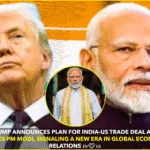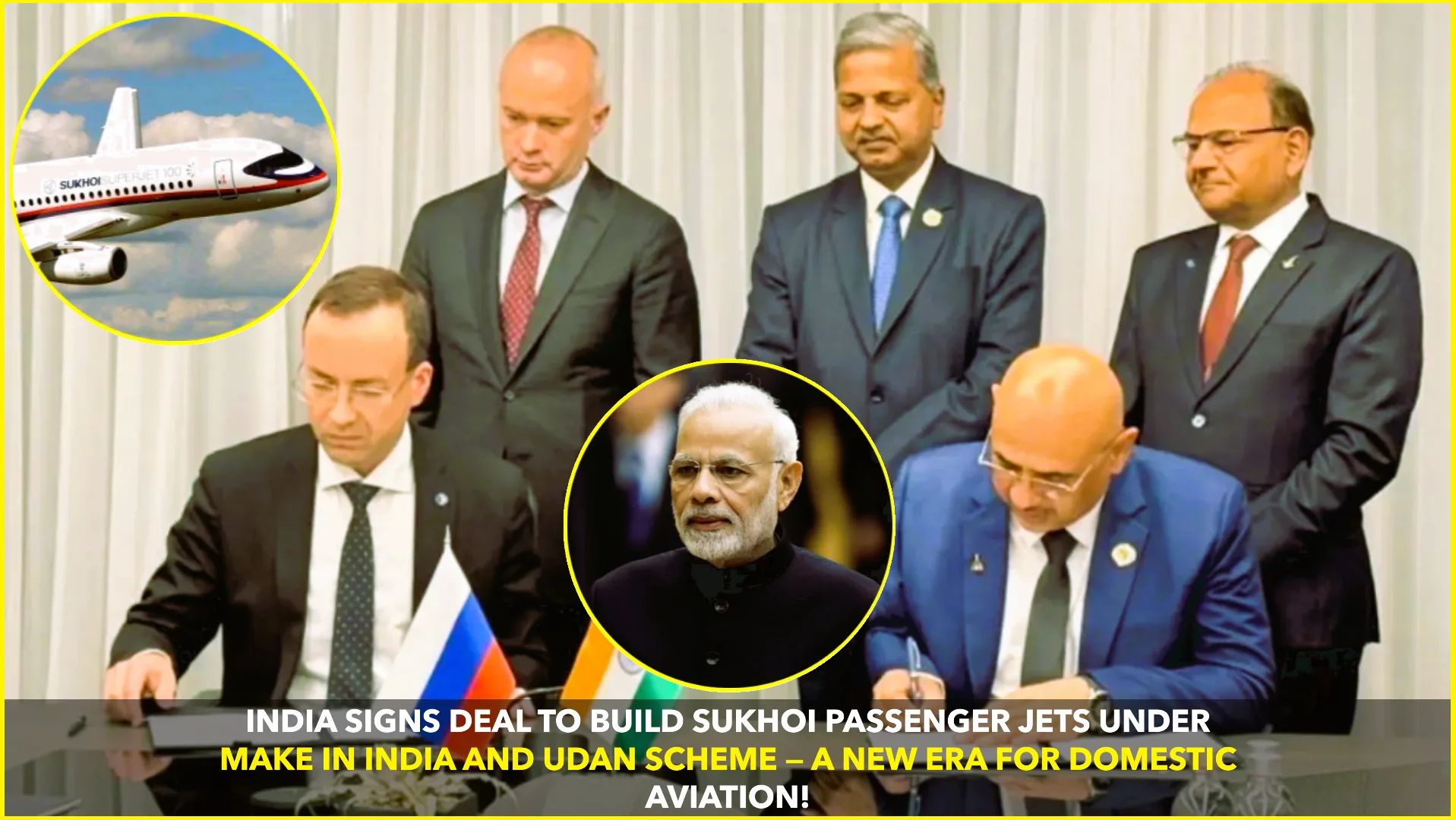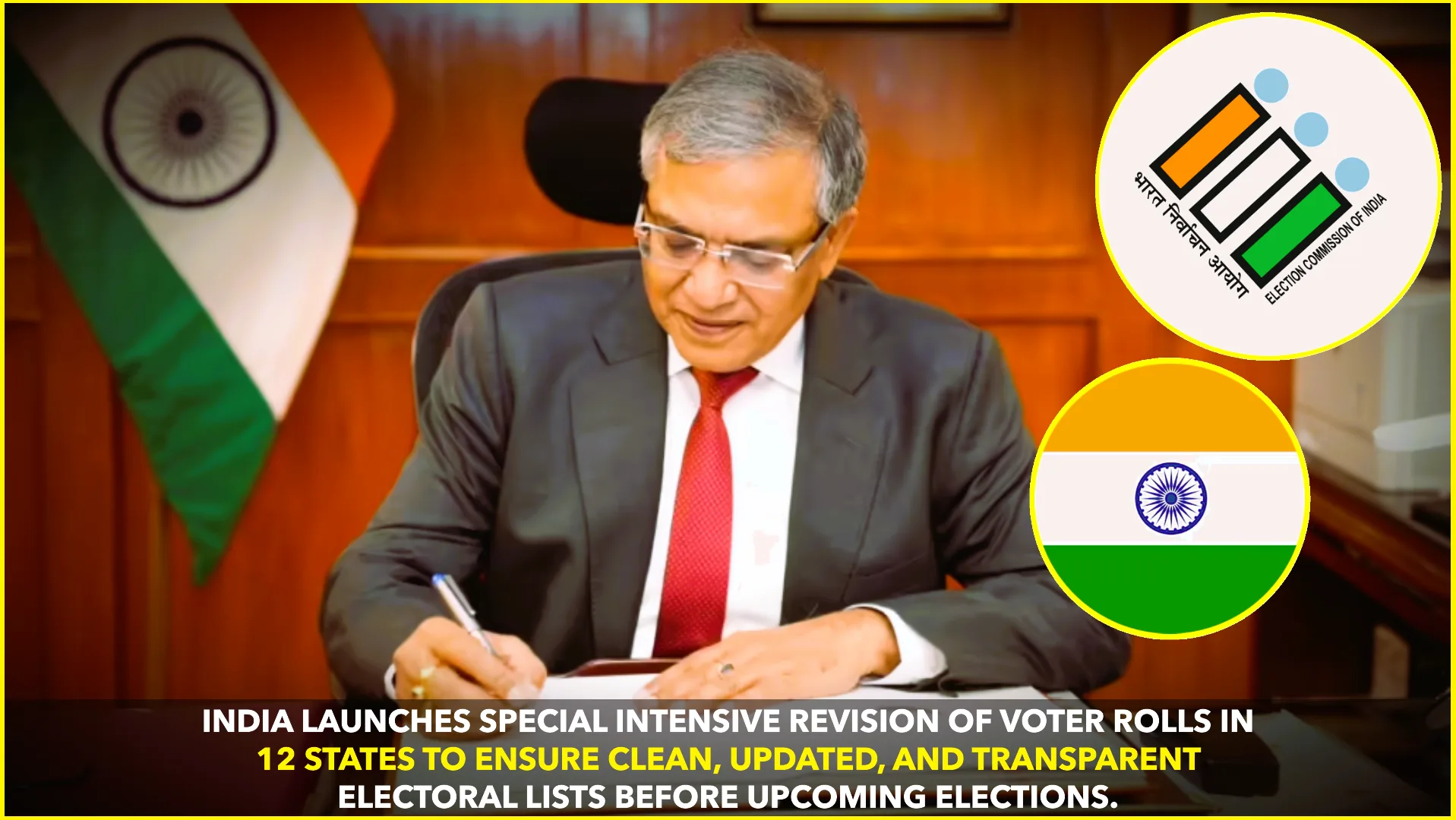In a sharp and timely assessment, former Reserve Bank of India (RBI) Governor Raghuram Rajan has cautioned that India should not attempt to replicate China’s manufacturing-led growth strategy. Speaking on current economic trends and global challenges, Rajan emphasized that the conditions which enabled China’s rise as a global manufacturing hub no longer exist.
Rajan argued that India must chart its own path by focusing on services-led growth, education, and skill development. “Trying to become the next China in manufacturing may not be the best strategy anymore,” he stated.
Why the China Model Won’t Work Now
According to Rajan, several key factors that worked in China’s favor in the early 2000s have dramatically changed:
- Automation in Manufacturing:
Rajan noted that today’s manufacturing is far more automated than two decades ago. This means the advantage of cheap labor, once a primary driver for countries like China and Vietnam, has diminished significantly. - Dominance of Existing Players:
Countries like Vietnam and China already dominate the low-cost manufacturing space with robust infrastructure and global supply chain networks. For newcomers, breaking into this space is both capital-intensive and highly competitive. - Rise of Protectionism:
The global trade environment has shifted toward protectionism and nationalism. Countries are increasingly reshoring industries and implementing policies that discourage large-scale export-driven growth. “Export-led strategies that worked before may no longer yield the same results,” Rajan warned.
India’s Best Bet: Services, Skills & Education
Instead of pursuing a tough and uncertain manufacturing route, Rajan recommends that India invest in education, digital infrastructure, and skill development to bolster its growing services sector. India’s IT and digital services have already shown global potential and can become the engine for sustainable economic growth.
“India has a large young population. If we skill them well and give them the tools to participate in the global digital economy, our growth can be more inclusive and less vulnerable to global shocks,” Rajan added.
Policymakers Take Note
Raghuram Rajan’s insights come at a time when India is pushing its “Make in India” initiative and trying to position itself as a manufacturing alternative to China. However, his comments serve as a strategic reminder to reassess national priorities.
Economists and industry experts have echoed similar sentiments in recent months. “Rajan’s view is pragmatic. The world is not the same post-COVID and post-geopolitical shifts. India should play to its strengths,” said Dr. Arvind Panagariya, former NITI Aayog vice-chairman, in a recent interview.
Conclusion
While manufacturing will remain a part of India’s growth story, Raghuram Rajan’s call is for a balanced and realistic approach. Chasing a past economic model that no longer fits the present global scenario could be risky. Instead, a future-ready India, empowered by education and digital skills, might be the more powerful story.
Sources:










